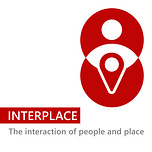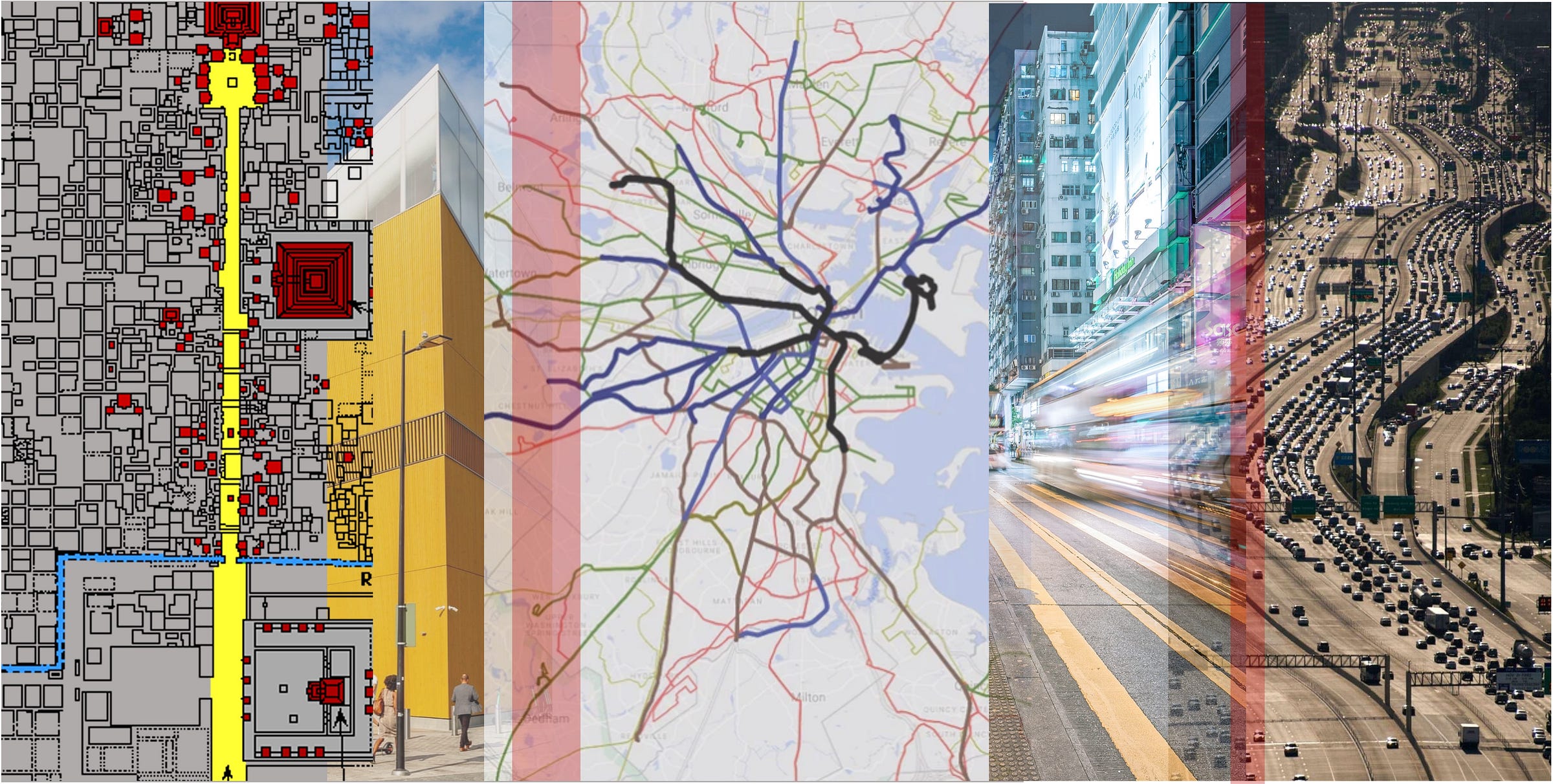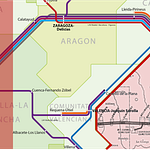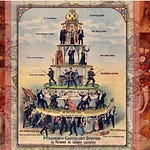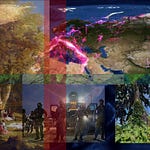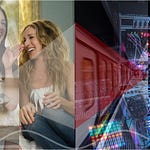Hello Interactors,
This week, I’ve been reflecting on the themes of my last few essays — along with a pile of research that’s been oddly in sync. Transit planning. Neuroscience. Happiness studies. Complexity theory. Strange mix, but it keeps pointing to the same thing: cities aren’t just struggling with transportation or housing. They’re struggling with connection. With meaning. With the simple question: what kind of happiness should a city make possible? And why don’t we ask that more often?
STRANGERS SHUNNED, SYSTEMS SIMULATED
The urban century was supposed to bring us together. Denser cities, faster mobility, more connected lives — these were the promises of global urbanization. Yet in the shadow of those promises, a different kind of city has emerged in America with growing undertones elsewhere: one that increasingly seeks to eliminate the stranger, bypass friction, and privatize interaction.
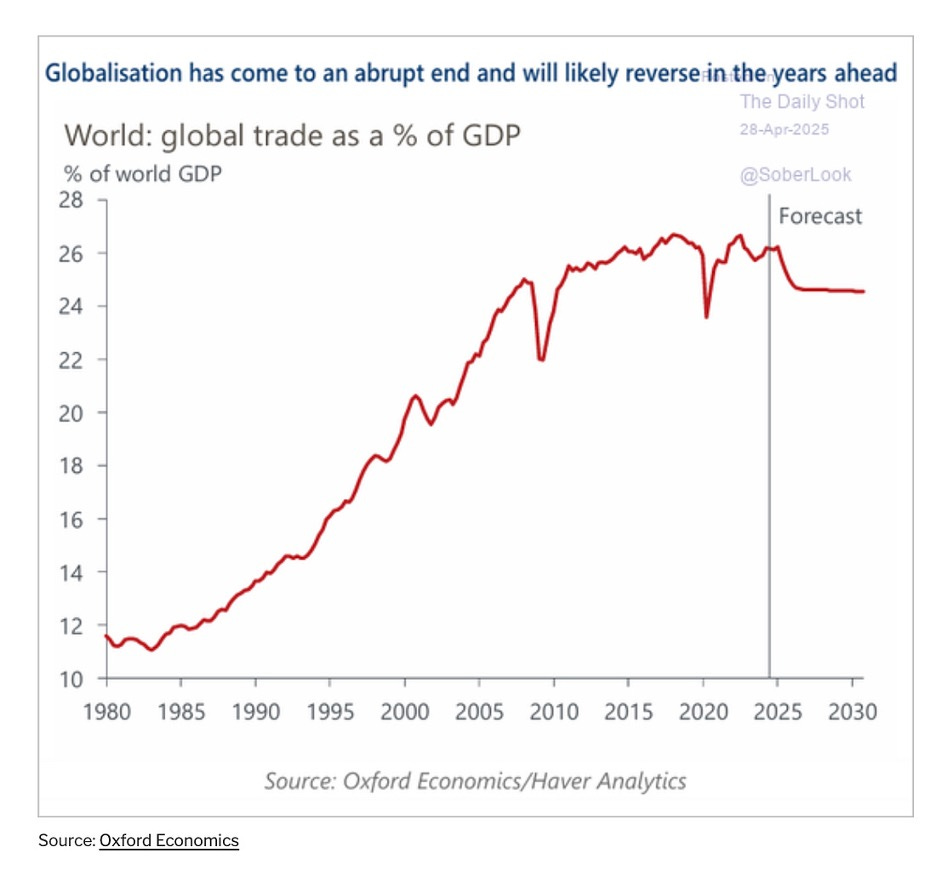
Whether through algorithmically optimized ride-sharing, private tunnels built to evade street life, or digital maps simulating place without presence for autonomous vehicles, a growing set of design logics work to render other people — especially unknown others — invisible, irrelevant, or avoidable.
I admit, I too can get seduced by this comfort, technology, and efficiency. But cities aren’t just systems of movement — they’re systems of meaning. Space is never neutral; it’s shaped by power and shapes behavior in return. This isn’t new. Ancient cities like Teotihuacan (tay-oh-tee-wah-KAHN) in central Mexico, once one of the largest cities in the world, aligned their streets and pyramids with the stars. Chang’an (chahng-AHN), the capital of Tang Dynasty China, used strict cardinal grids and walled compounds to reflect Confucian ideals of order and hierarchy. And Uruk (OO-rook), in ancient Mesopotamia, organized civic life around temple complexes that stood at the spiritual and administrative heart of the city.
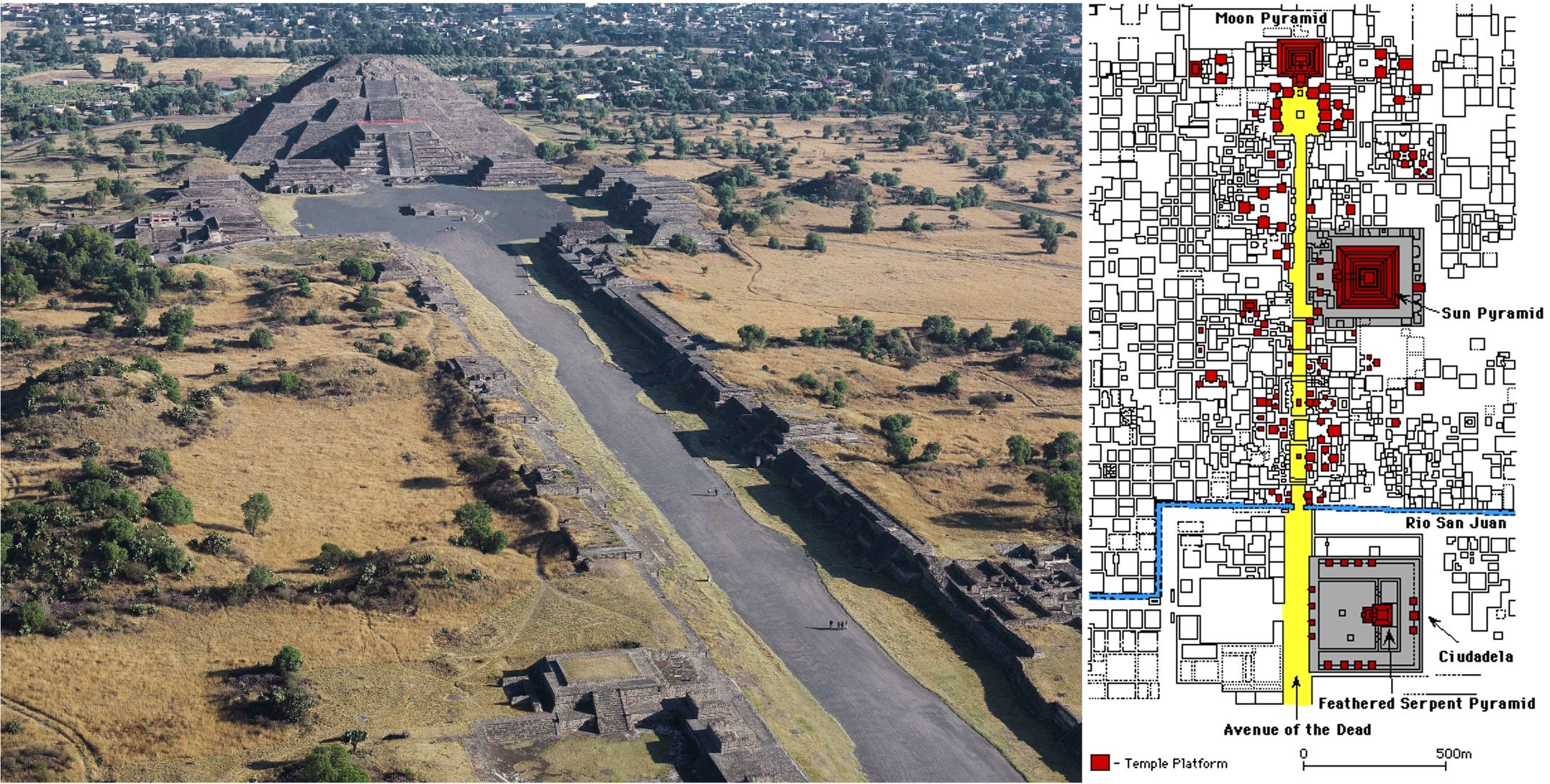
These weren’t just settlements — they were spatial arguments about how people should live together, and who should lead. Even Middle Eastern souks and hammams were more than markets or baths; they were civic infrastructure. Whether through temples or bus stops, the question is the same: What kind of social behavior is this space asking of us?
Neuroscience points to answers. As Shane O’Mara argues, walking is not just transport — it’s neurocognitive infrastructure. The hippocampus, which governs memory, orientation, and mood, activates when we move through physical space. Walking among others, perceiving spontaneous interactions, and attending to environmental cues strengthens our cognitive maps and emotional regulation.
This makes city oriented around ‘stranger danger’ not just unjust — but indeed dangerous. Because to eliminate friction is to undermine emergence — not only in the social sense, but in the economic and cultural ones too. Cities thrive on weak ties, on happenstance, on proximity without intention. Mark Granovetter’s landmark paper, The Strength of Weak Ties, showed that it's those looser, peripheral relationships — not our inner circles — that drive opportunity, creativity, and mobility. Karl Polanyi called it embeddedness: the idea that markets don’t float in space, they’re grounded in the social fabric around them.
You see it too in scale theory — in the work of Geoffrey West and Luís Bettencourt — where the productive and innovative energy of cities scales with density, interaction, and diversity. When you flatten all that into private tunnels and algorithmic efficiency, you don’t just lose the texture — you lose the conditions for invention.
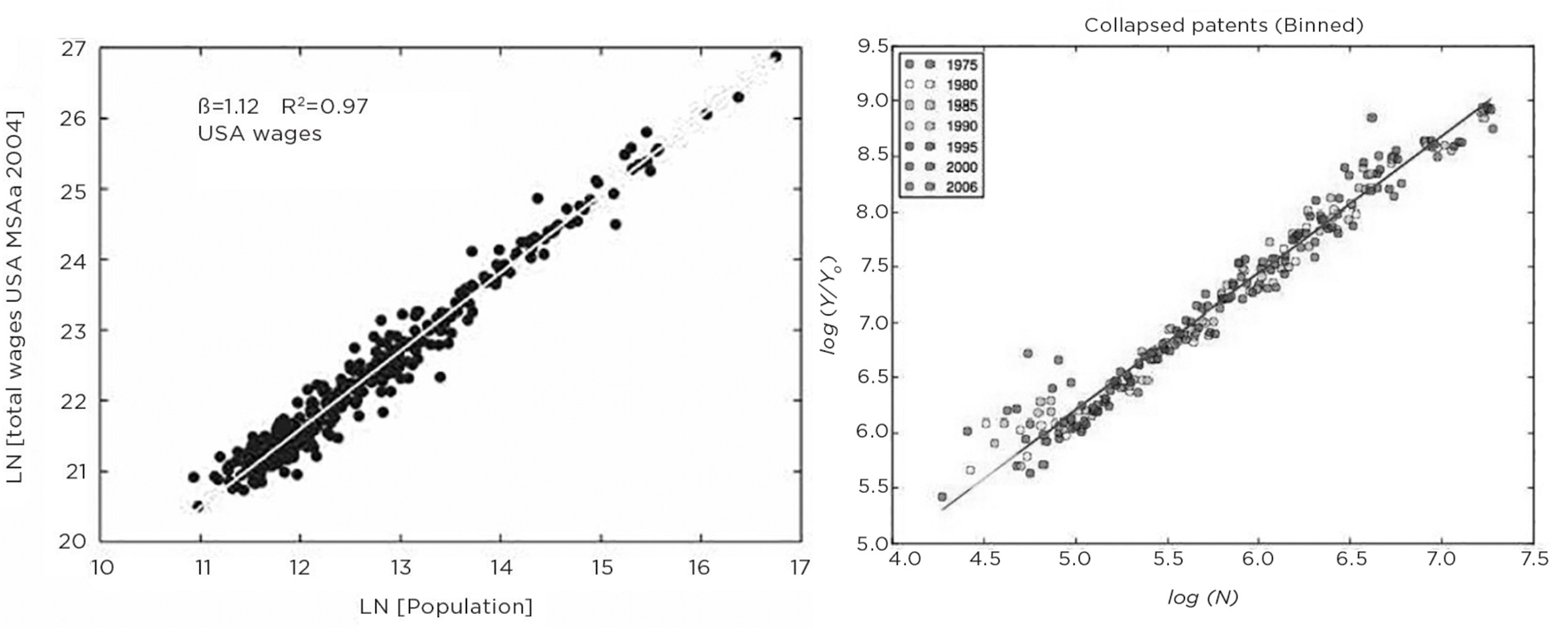
As David Roberts, a climate and policy journalist known for his systems thinking and sharp urban critiques, puts it: this is “the anti-social dream of elite urbanism” — a vision where you never have to share space with anyone not like you. In conversation with him, Jarrett Walker, a transit planner and theorist who’s spent decades helping cities design equitable bus networks, also pushes back against this logic.
He warns that when cities build transit around avoidance — individualized rides, privatized tunnels, algorithmic sorting — they aren’t just solving inefficiencies. They’re hollowing out the very thing that makes transit (and cities) valuable and also public: the shared experience of strangers moving together.
The question isn’t just whether cities are efficient — but what kind of social beings they help us become. If we build cities to avoid each other, we shouldn’t be surprised when they crumble as we all forget how to live together.
COVERAGE, CARE, AND CIVIC CALM
If you follow urban and transit planning debates long enough, you’ll hear the same argument come up again and again: Should we focus on ridership or coverage? High-frequency routes where lots of people travel, or wide access for people who live farther out — even if fewer use the service? For transit nerds, it’s a policy question. For everyone else, it’s about dignity.
As Walker puts it, coverage isn’t about efficiency — it’s about “a sense of fairness.” It’s about living in a place where your city hasn’t written you off because you’re not profitable to serve. Walker’s point is that coverage isn’t charity. It’s a public good, one that tells people: You belong here.
That same logic shows up in more surprising places — like the World Happiness Report. Year after year, Finland lands at the top. But as writer Molly Young found during her visit to Helsinki, Finnish “happiness” isn’t about joy or euphoria. It’s about something steadier: trust, safety, and institutional calm. What the report measures is evaluative happiness — how satisfied people are with their lives over time — not affective happiness, which is more about momentary joy or emotional highs.
There’s a Finnish word that captures this. It the feeling you get after a sauna: saunanjälkeinen raukeus (SOW-nahn-yell-kay-nen ROW-keh-oos) — the softened, slowed state of the body and mind. That’s what cities like Helsinki seem to deliver: not bliss, but a stable, low-friction kind of contentment. And while that may lack sparkle, it makes people feel held.
And infrastructure plays a big role. In Helsinki, the signs in the library don’t say “Be Quiet.” They say, “Please let others work in peace.” It’s a small thing, but it speaks volumes — less about control, more about shared responsibility. There are saunas in government buildings. Parents leave their babies sleeping in strollers outside cafés. Transit is clean, quiet, and frequent. As Young puts it, these aren’t luxuries — they’re part of a “bone-deep sense of trust” the city builds and reinforces. Not enforced from above, but sustained by expectation, habit, and care.
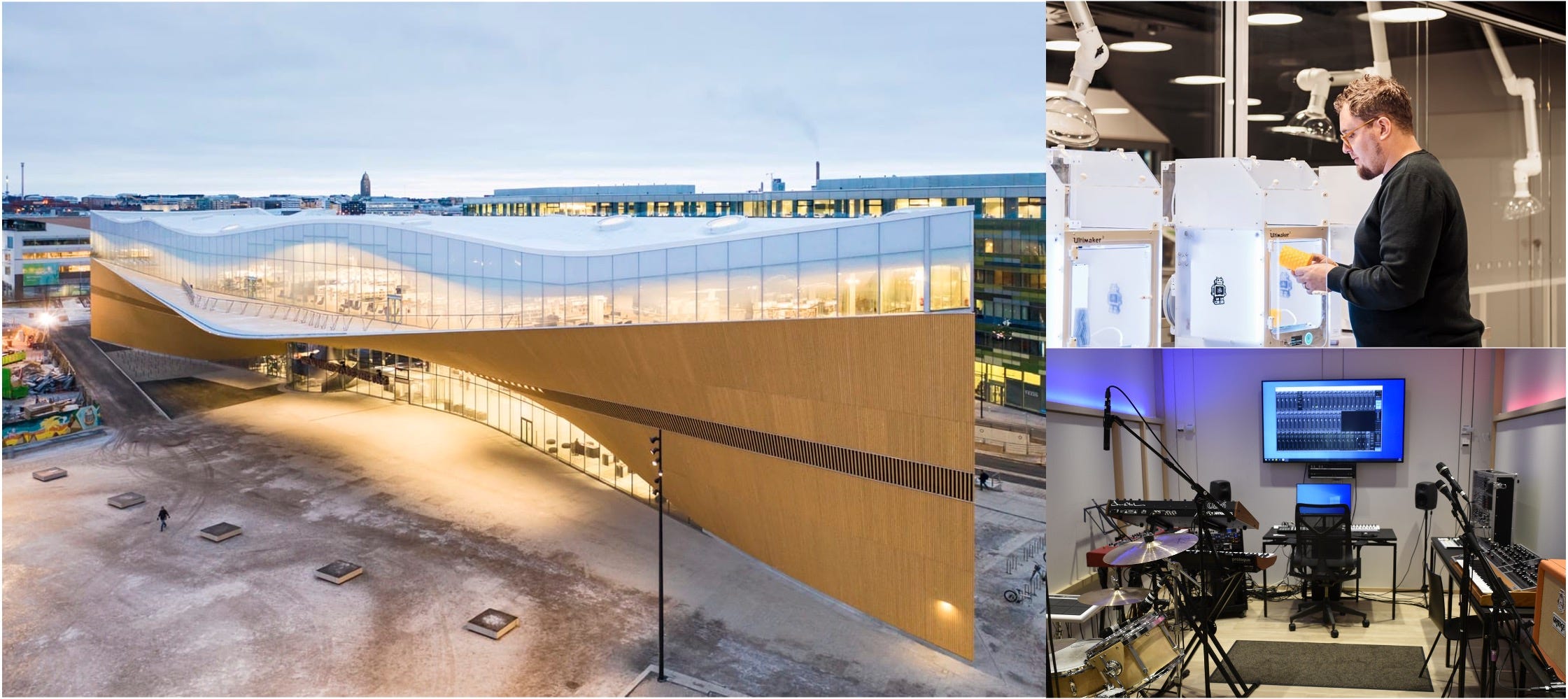
My family once joined an organized walking tour of Copenhagen. The guide, who was from Spain, pointed to a clock in a town square and said, almost in passing, “The government has always made sure this clock runs on time — even during war.” It wasn’t just about punctuality. It was about trust. About the quiet promise that the public realm would still hold, even when everything else felt uncertain. This, our guide noted from his Spanish perspective, is what what make Scandinavians so-called ‘happy’. They feel held.
Studies show that most of what boosts long-term happiness isn’t about dopamine hits — it’s about relational trust. Feeling safe. Feeling seen. Knowing you won’t be stranded if you don’t have a car or a credit card. Knowing the city works, even if you don’t make it work for you.
In this way, transit frequency and subtle signs in Helsinki are doing the same thing. They’re shaping behavior and reinforcing social norms. They’re saying: we share space here. Don’t be loud. Don’t cut in line. Don’t treat public space like it’s only for you.
That kind of city can’t be built on metrics alone. It needs moral imagination — the kind that sees coverage, access, and slowness as features, not bugs. That’s not some socialist’s idea of utopia. It’s just thoughtful. Built into the culture, yes, but also the design.
But sometimes we’re just stuck with whatever design is already in place. Even if it’s not so thoughtful. Economists and social theorists have long used the concept of path dependence to explain why some systems — cities, institutions, even technologies — get stuck. The idea dates back to work in economics and political science in the 1980s, where it was used to show how early decisions, even small ones, can lock in patterns that are hard to reverse.
Once you’ve laid train tracks, built freeways, zoned for single-family homes — you’ve shaped what comes next. Changing course isn’t impossible, but it’s costly, slow, and politically messy. The QWERTY keyboard is a textbook example: not the most efficient layout, but one that stuck because switching systems later would be harder than just adapting to what we’ve got.
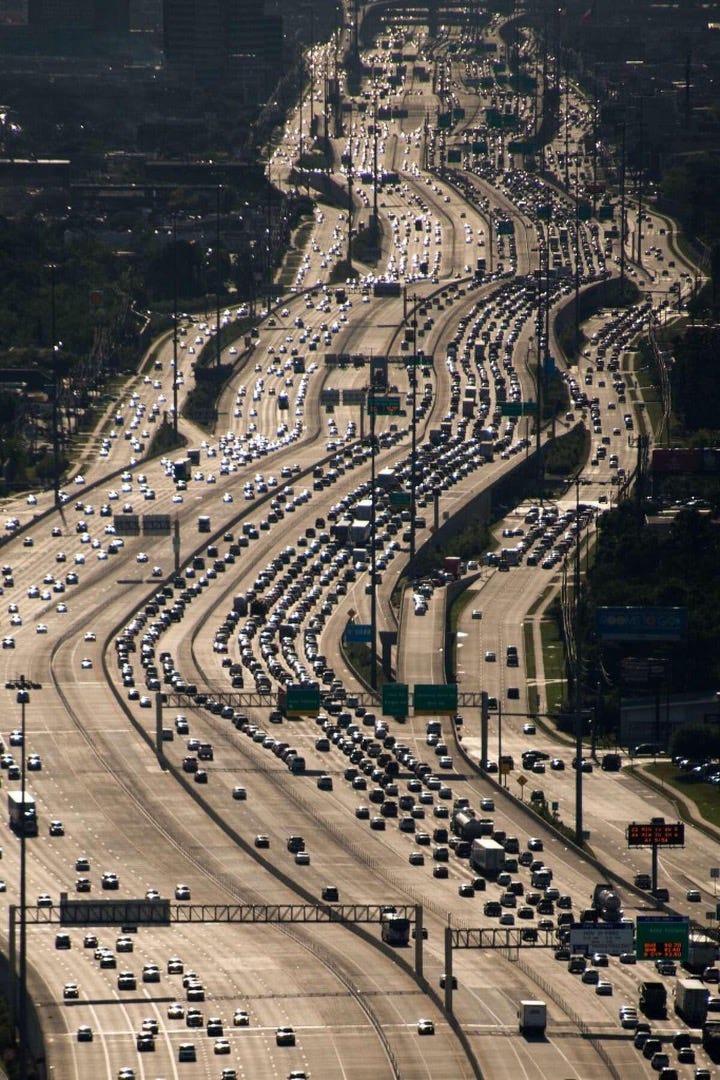
Urban scholars Michael Storper and Allen Scott brought this thinking into city studies. They’ve shown how economic geography and institutional inertia shape urban outcomes — how past planning decisions, labor markets, and infrastructure investments limit the options cities have today. If your city bet on car-centric growth decades ago, you’re probably still paying for that decision, even if pivoting is palatable to the public.
CONNECTIONS, COMPLEXITY, CITIES THAT CARE
There’s a quote often attributed to Stephen Hawking that’s made the rounds in complexity science circles: “The 21st century will be the century of complexity.” No one’s entirely sure where he said it — it shows up in systems theory blogs, talks, and books — but it sticks. Probably because it feels true.
If the last century was about physics — closed systems, force, motion, precision — then this one is about what happens when the pieces won’t stay still. When the rules change mid-game. When causes ripple back as consequences. In other words: cities.
Planners have tried to tame that complexity in all kinds of ways. Grids. Zoning codes. Dashboards. There’s long been a kind of “physics envy” in both planning and economics — a belief that if we just had the right model, the right inputs, we could predict and control the city like a closed system. As a result, for much of the 20th century, cities were designed like machines — optimized for flow, separation, and predictability.
But even the pushback followed a logic of control — cul-de-sacs and suburban pastoralism — wasn’t a turn toward organic life or spontaneity. It was just a softer kind of order: winding roads and whispered rules meant to keep things calm, clean, and contained…and mostly white and moderately wealthy.
If you think of cities like machines, it makes sense to want control. More data, tighter optimization, fewer surprises. That’s how you’d tune an engine or write software. But cities aren’t machines. They’re messy, layered, and full of people doing unpredictable things. They’re more like ecosystems — or weather patterns — than they are a carburetor. And that’s where complexity science becomes useful.
People like Paul Cilliers and Brian Castellani have argued for a more critical kind of complexity science — one that sees cities not just as networks or algorithms, but as places shaped by values, power, and conflict. Cilliers emphasized that complex systems, like cities, are open and dynamic: they don’t have fixed boundaries, they adapt constantly, and they respond to feedback in ways no planner can fully predict.
Castellani extends this by insisting that complexity isn’t just technical — it’s ethical. It demands we ask: Who benefits from a system’s design? Who has room to adapt, and who gets constrained? In this view, small interventions — a zoning tweak, a route change — can set off ripple effects that reshape how people move, connect, and belong. A new path dependence.
This is why certainty is dangerous in urban design. It breeds overconfidence. Humility is a better place to start. As Jarrett Walker puts it, “there are all kinds of ways to fake your way through this.” Agencies often adopt feel-good mission statements like “compete with the automobile by providing access for all” — which, he notes, is like “telling your taxi driver to turn left and right at the same time.” You can’t do both. Not on a fixed budget.
Walker pushes agencies to be honest: if you want to prioritize ridership, say so. If you want to prioritize broad geographic coverage, that’s also valid — but know it will mean lower ridership. The key is not pretending you can have both at full strength. He says, “What I want is for board members… to make this decision consciously and not be surprised by the consequences”.
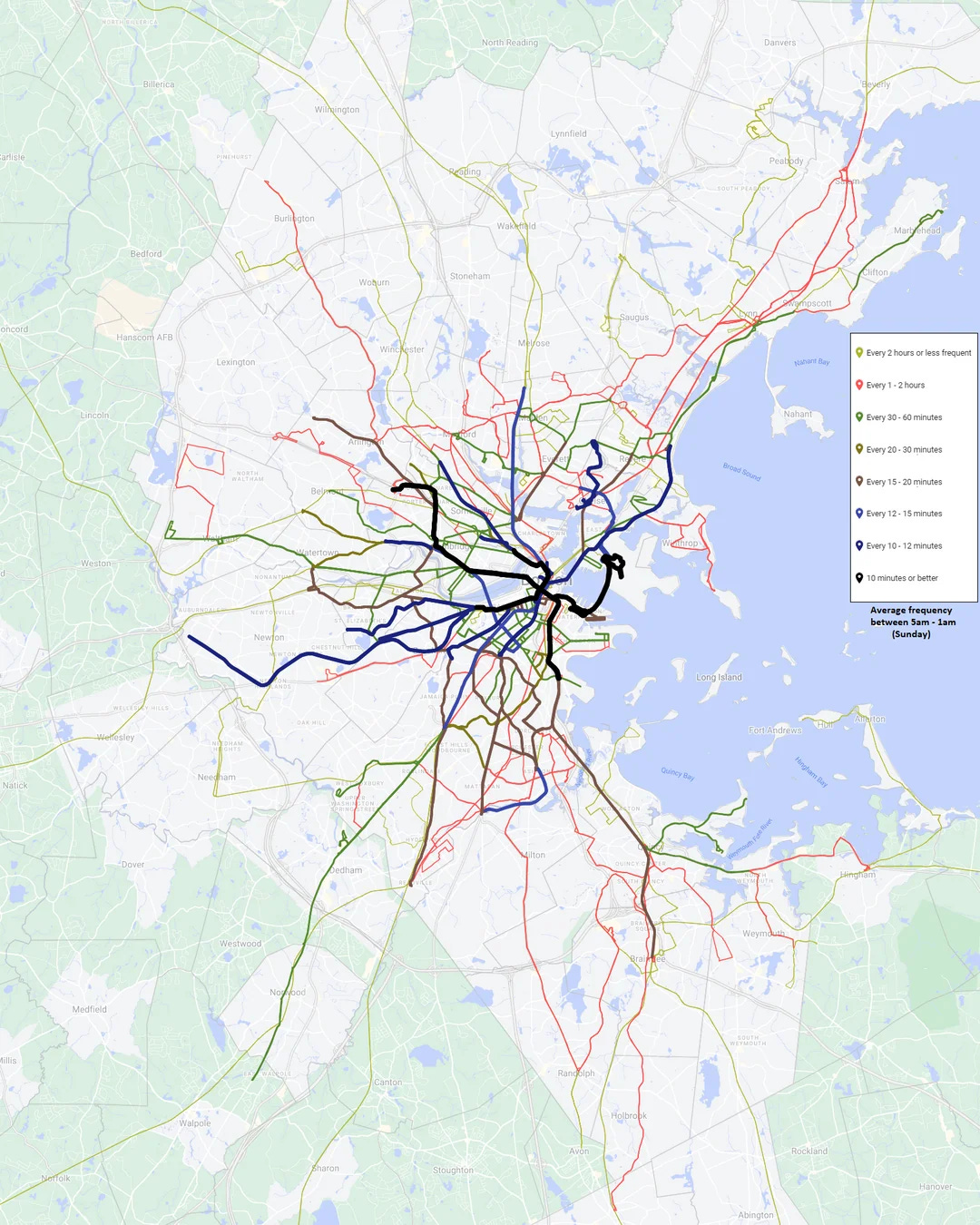
These decisions matter. A budget cut can push riders off buses, which then leads to reduced service, which leads to more riders leaving — a feedback loop. On the flip side, small improvements — like better lighting, a public bench, a frequent bus — can set off positive loops too. Change emerges, often sideways.
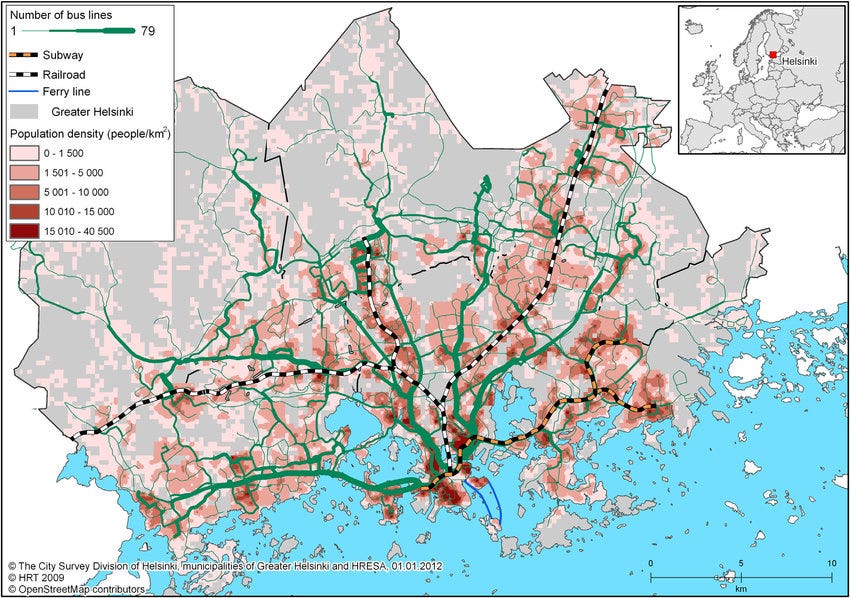
That means thinking about transit not just as a system of movement, but as a relational space. Same with libraries, parks, and sidewalks. These aren’t neutral containers. They’re environments that either support or suppress human connection. If you design a city to eliminate friction, you eliminate chance encounters — the stuff social trust is made of.
I’m an introvert. I like quiet. I recharge alone. But I also live in a city — and I’ve learned that even for people like me, being around others still matters. Not in the chatty, get-to-know-your-neighbors way. But in the background hum of life around you. Sitting on a bus. Browsing in a bookstore. Walking down a street full of strangers, knowing you don’t have to engage — but you’re not invisible either.
There’s a name for this. Psychologists call it public solitude or sometimes energized privacy — the comfort of being alone among others. Not isolated, not exposed. Just held, lightly, in the weave of the crowd. And the research backs it up: introverts often seek out public spaces like cafés, libraries, or parks not to interact, but to feel present — connected without pressure.
In the longest-running happiness study ever done, 80 years, Harvard psychologist Robert Waldinger found that strong relationships — not income, not status — were the best predictor of long-term well-being. More recently, studies have shown that even brief interactions with strangers — on a bus, in a coffee shop — can lift mood and reduce loneliness. But here’s the catch: cities have to make those interactions possible.
Or they don’t.
And that’s the real test of infrastructure. We’ve spent decades designing systems to move people through. Fast. Clean. Efficient. But we’ve neglected the quiet spaces that let people just be. Sidewalks you’re not rushed off of. Streets where kids can safely bike or play…or simply cross the street.
Even pools — maybe especially pools. My wife runs a nonprofit called SplashForward that’s working to build more public pools. Not just for fitness, but because pools are public space. You float next to people you may never talk to. And still, you’re sharing something. Space. Water. Time.
You see this clearly in places like Finland and Iceland, where pools and saunas are built into the rhythms of public life. They’re not luxuries — they’re civic necessities. People show up quietly, day after day, not to socialize loudly, but to be alone together. As one Finnish local told journalist Molly Young, “During this time, we don’t have... colors.” It was about the long gray winter, sure — but also something deeper: a culture that values calm over spectacle. Stability over spark. A kind of contentment that doesn’t perform.
But cities don’t have to choose between quiet and joy. We don’t have to model every system on Helsinki in February. There’s something beautiful in the American kind of happiness too — the loud, weird, spontaneous moments that erupt in public. The band on the subway. The dance party in the park. The loud kid at the pool. That kind of energy can be a nuisance, but it can also be joyful.
Even Jarrett Walker, who’s clear-eyed about transit, doesn’t pretend it solves everything. Transit isn’t always the answer. Sometimes a car is the right tool. What matters is whether everyone has a real choice — not just those with money or proximity or privilege. And he’s quick to admit every city with effective transit has its local grievances.
So no, I’m not arguing for perfection, or even socialism. I’m arguing for a city that knows how to hold difference. Fast and slow. Dense and quiet. A city that lets you step into the crowd, or sit at its edge, and still feel like you belong. A place to comfortably sit with the uncertainty of this great transformation emerging around us. Alone and together.
REFERENCES
Castellani, B. (2014). Complexity theory and the social sciences: The state of the art. Routledge.
Cilliers, P. (1998). Complexity and postmodernism: Understanding complex systems. Routledge.
David, P. A. (1985). Clio and the economics of QWERTY. The American Economic Review.
Granovetter, M. (1973). The strength of weak ties. American Journal of Sociology.
Hawking, S. (n.d.). The 21st century will be the century of complexity. [Attributed quote; primary source unavailable].
O’Mara, S. (2019). In praise of walking: A new scientific exploration. W. W. Norton & Company.
Roberts, D. (Host). (2025). Jarrett Walker on what makes good transit [Audio podcast episode]. In Volts.
Storper, M., & Scott, A. J. (2016). Current debates in urban theory: A critical assessment. Urban Studies.
Waldinger, R., & Schulz, M. (2023). The good life: Lessons from the world’s longest scientific study of happiness. Simon & Schuster.
Walker, J. (2011). Human transit: How clearer thinking about public transit can enrich our communities and our lives. Island Press.
West, G., & Bettencourt, L. M. A. (2010). A unified theory of urban living. Nature.
Young, M. (2025). My miserable week in the ‘happiest country on earth’. The New York Times Magazine.

